Lots of iron, water shop. Closing the shop means either mourning the withdrawal or implying that the broken arm is self-sufficient, or that it means shifting the focus, or it means mediating adjustments. Whether it is an unforgettable lesson or a strategy for retreating, the era has indeed changed, and a global retail reshuffle is being staged.
Department Store
1. Messi Department Store: Closed
Messi Department Store closed more than 30 stores in 2016 after closing 14 stores in 2015, involving California, New York, and Texas. After these stores were closed, Messi’s company had approximately 730 stores.

Self-analysis: These changes are part of Messi’s cost saving plan this year. It is reported that the savings target is 140 million U.S. dollars. The savings will be used to vigorously expand e-commerce business and discount department stores.
External evaluation: Messi Department Store had 850 stores at the peak, and it is currently under the influence of e-commerce companies. Have to make strategic adjustments. Messi’s Chinese strategy is as unsuccessful and has lost several of the best periods of entry.
2, Sears Department Store: left behind
In 2015, 235 stores were closed, and once was one of the best department stores in the United States. Hilles Department Store, established in 1893, was almost the only choice for the American public in its nearly 100 years of existence. In 2016, the results as of the end of April this year showed that the loss had expanded to $471 million, and sales fell by 7.1% year-on-year.

Self-analysis: Close these stores to help their profits before tax depreciation and amortization surge by around US$50 million.
External evaluation: defeated in the rough display and details of the build, lost in the thinking of aging does not seek progress, defeated at the moment the helm of the retail operating experience.
3. Wanda Department Store: Change Adjustment
In 2015, 46 stores were closed. Closed stores in Jinan, Tangshan, Jiangmen, Wenzhou, and Jingzhou, etc., were severely loss-making stores and remained closed in 2016. The performance of Wanda Department Store has been removed from the mid-year report of Wanda. The current situation is of course self-evident.
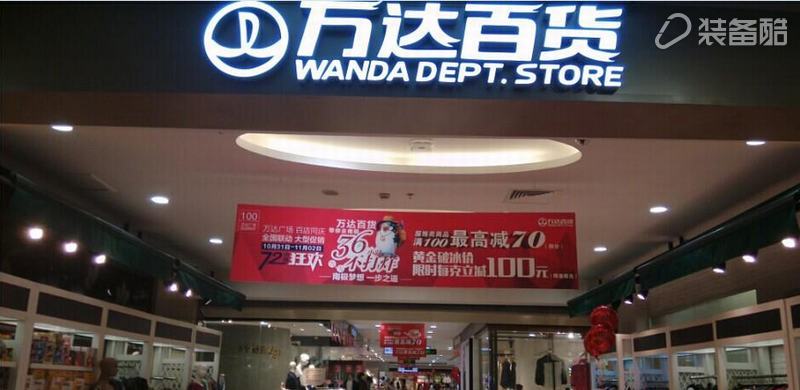
Self-analysis: With the development of shopping centers and e-commerce, the consumption habits and methods of Chinese consumers are undergoing tremendous changes. Large-scale retail formats are inevitably affected by some shocks, and some Wanda department stores have suffered losses, and these department stores are undergoing Adjustment is the normal business operation of the company. The adjustment of Wanda Department Store will specifically analyze the specific situation, because "shop" is appropriate.
External evaluation: In the near term, the “transition†or even “multiplication†investment is too costly, and the transition effect is weak in the short-to-medium term. However, the traditional “Wanda model†has reached the ceiling and cannot continue to “get subtractionâ€. Closing down the cash Some departments of the stream.
4, Parkson: adjust the counterattack
In the past four years, 11 stores were closed in Mainland China, and two stores were closed in China in 2016. Currently, there are 58 stores in 33 cities in China.

Self-analysis: The first adjustment is the small and medium-sized department stores. Department stores with a body weight of 30,000 square meters or less will face the danger of being shut down if they are not profitable. But successfully created a new generation of Parkson City Plaza series.
External evaluation: Profits have fallen sharply, influence and word of mouth have declined, but there are signs of re-emergence.
Luxury brand articles
1, Zegna: luxury brand closing shop king
Zegna's 2015 profit announcement has plummeted by 21% year-on-year, and net profit has fallen by 45%. At present, it has become the number of luxury brand stores, with 15 closed stores in 2016.
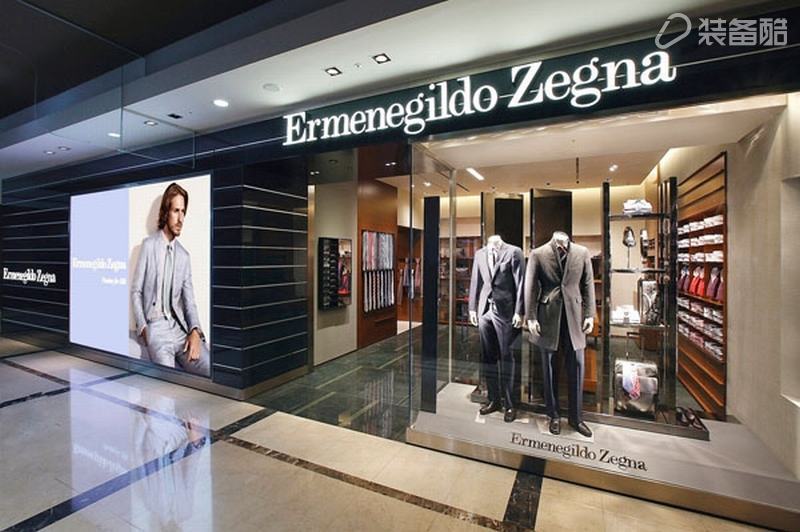
Self-analysis: At present, China's men's luxury goods market has dropped sharply.
External comment: Due to the rapid growth of the luxury goods market, the cost is still high, especially in the past 10 years, China's preferential policies and even free policies on luxury goods have gradually been canceled, China's shopping malls built too much, luxury goods groups have Forced to reorganize store structure
2, Chanel: Strict control in the open e-commerce model
Chanel China has 11 stores, which is half of the maximum store period.
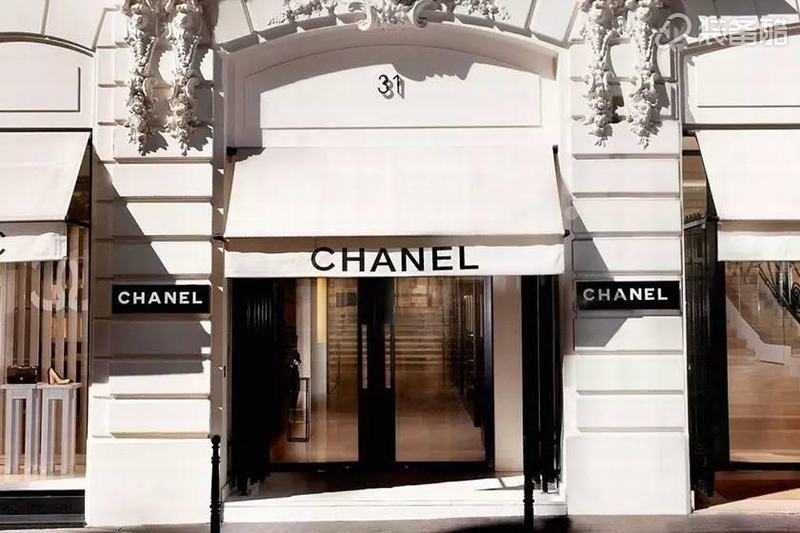
Self-analysis: In 2015, luxury brands across the Greater China region were not so good. A global e-commerce network has been launched. The three Metiers d'Art workshops (including Causse, the Maison Michel and BarrieKnitwear) will open e-commerce channels on their own.
External evaluation: Chanel is still a private company, has a consistent brand traits and influence, has already made changes and adjustments, the Chinese market is in strict control.
3, Prada: all the way down
Prada closed 16 stores in China in 2 years and closed 4 stores in the first quarter of 2016 (including Miu Miu).
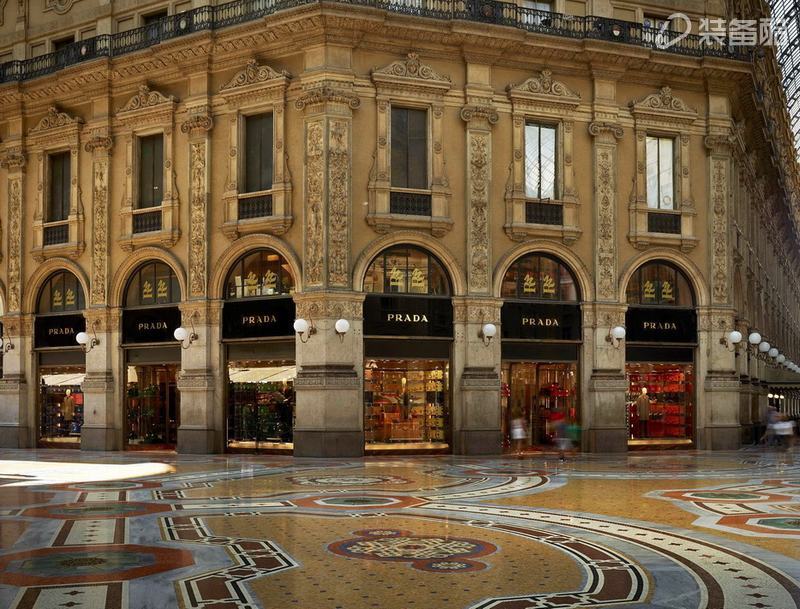
Self-analysis: Prada will play the role of best-selling models to increase the frequency of new products and new releases. Asia-Pacific opened up a store to keep the stores from being significantly conservative. At present, the pressure on price cuts has increased.
External evaluation: The net profit plummeted, the share price reached the lowest level in history, quality and after-sales issues, conservative strategies, and over-pricing.
4, Burberry: close the shop and adjust
In 2015, China closed 10, and the total number of stores was 68. In 2016, it is planned to close 5 companies.
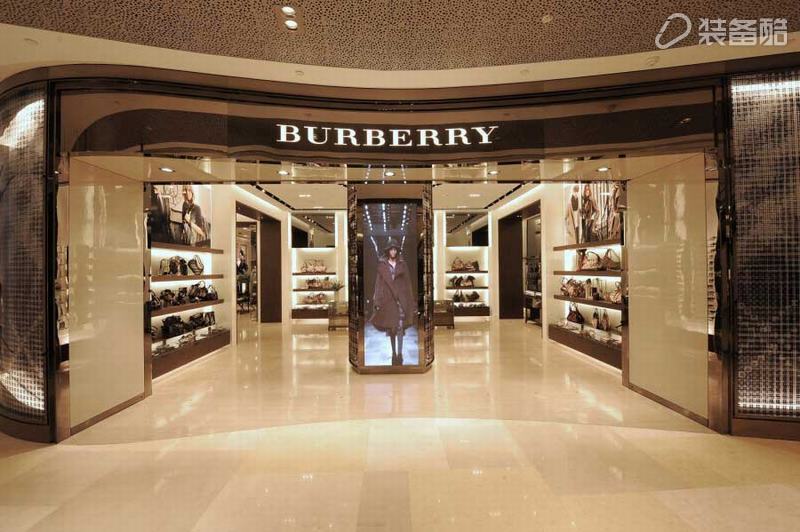
Self-analysis: In the face of the challenging external environment, the global team focused more on the development of core products, promoted Burberry branded British products, and further promoted the integration of online and offline.
External evaluation: The brand has personality, and is the British royal family supplies, but it faces the challenge of extravagance and homogenization. At present, it is similarly shutting down stores and adjusting operations in China.
5, LV: Chinese market in the ebb
At the end of 2015, it closed three Chinese stores, namely Guangzhou, Harbin, and Urumqi. At present, there are about 50 stores in the LV China market and 2 stores in the first quarter of 2016.
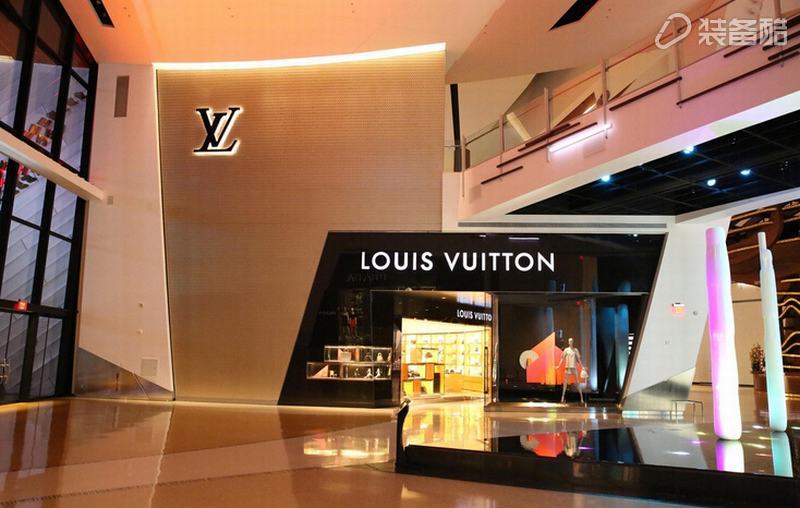
Self-analysis: The turnover contributed by the Chinese to LV around the world soared by 10%, but the Asian market fell by 5%. Due to the overall economic environment, consumer outflows and other reasons that have led to a slowdown in the growth of luxury goods in China, and the trend of luxury goods e-commerce, China's second-tier and third-tier cities are struggling, and their performance has dropped significantly.
External evaluation: LV's brand value is declining. At present, it is carrying out Hermès-style and more important innovations in handicrafts and limited editions. The difference in the Chinese market can be compensated by overseas stores, and the winter in the Chinese luxury market has caused increased pressure on the stores.
Store articles
1, Wal-Mart: American shuffle
In early 2016, Wal-Mart announced that it had closed 269 stores worldwide, and in China 2016 had closed 10 stores, all of which were stores in third- and fourth-tier cities.
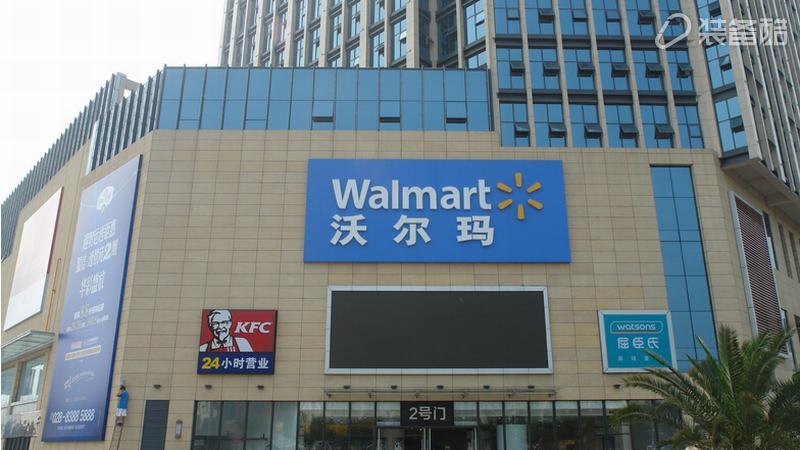
Self-analysis: Over the past few decades in the global rapid development, too dense layout and the excessive number of stores have dragged Wal-Mart's performance. However, the strategic layout of China's second- and third-tier cities will enter the fast lane.
External comment: More than 95% of US chain stores planned to be closed by Wal-Mart are less than 10 miles away from another Wal-Mart store. China is deploying self-operated community MALL and plans to add about 115 stores in China within two years.
2. Tesco: Great Depression
In 2015, 43 stores were closed in the UK, including smaller Express and Metro stores. China sold 135 stores currently operating in the Mainland to China Resources, and changed it to “China Resources Vanguardâ€, which is being cleaned in the China Resources Store.

Self-analysis: Misjudgments to the market failed to keep up with market changes.
External evaluation: The overall competitiveness is not good, the rise of more local-dominated stores has occupied the living space, Tesco Tesco overseas markets China, the United States, Japan have failed.
3, Carrefour: outlet has passed
In 2015, Carrefour had more than 15 stores in China, and in 2016, it has closed 3 stores in China. The current comprehensive influence is not as good as before.
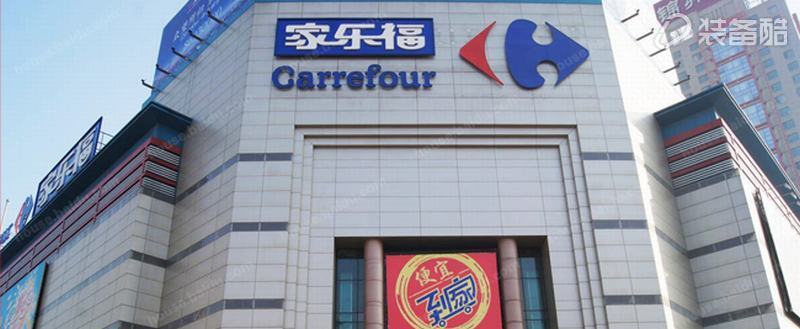
Self-analysis: Will focus on the layout of convenience stores, and power generation business, is creating six modern distribution centers nationwide.
External evaluation: The global influence is declining. In China, it is being counterattacked by the local Darunfa, China Resources, Yonghui and others.
Catering articles
McDonald's: Come back
In 2015, McDonald's had 700 stores worldwide, and in 2016, 80 stores will be closed in China. McDonald's China currently has nearly 2,300 stores.
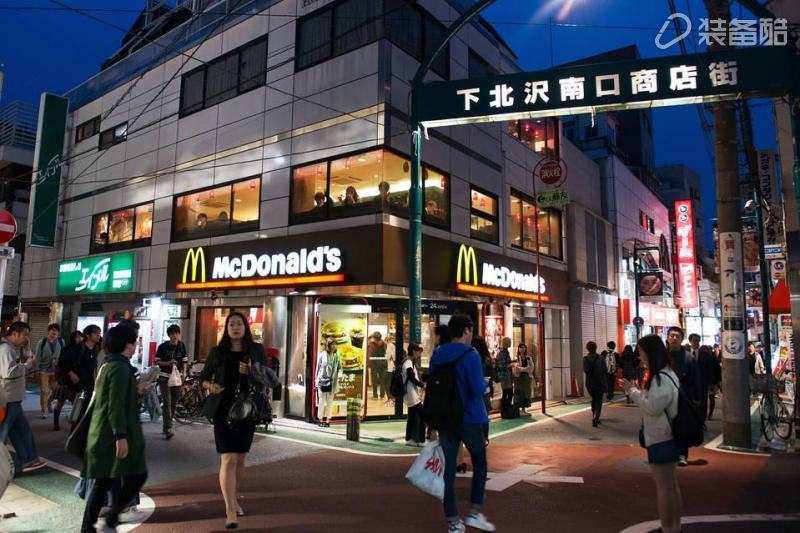
Self-analysis: Grab the core customers and redecorate to make snacks. By emphasizing the quality of foods, we will strengthen our image and add new products to re-establish the emotional connection between our customers and McDonald's experience.
External evaluation: While adjusting, it is indeed gradually establishing new advantages. The turbulence in optimizing the net income during the adjustment period is inevitable.
2, Hunan and Hubei: high-end catering
Once a high-end Hunan restaurant has been listed on the star, the founder is now running away, at most 40 stores across the country, since 2013 closed, transfer, court mortgage liquidation.
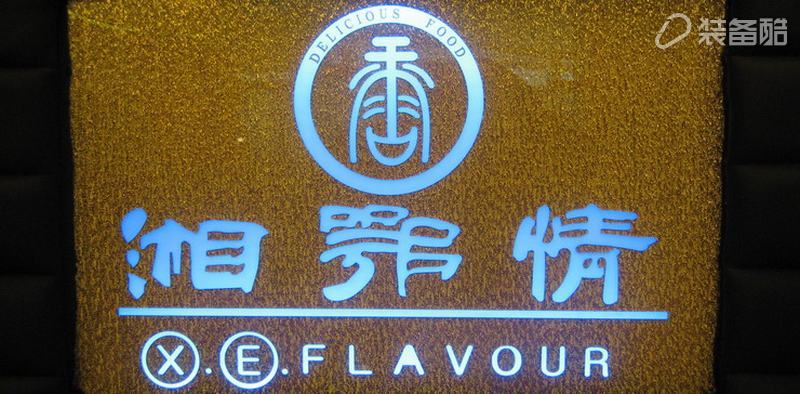
Self-analysis: Since 2012, under the “eight regulations†and restricting the “three-public†consumption policy, the high-end catering industry that had previously attached to the government’s consumption has rapidly entered the cold winter, the consumer groups have largely disappeared, the company’s profits have plummeted, and high-end restaurants have become The industry is faced with shuffling.
External evaluation: We haven't seen the form, the change is not timely, the founder lacks resilience and wrists, and a few new businesses in transition haven't done it yet. In the end, people lack the money and lack people to run. A classic case of losing high-end restaurants in China.
Local costume articles
1, Metersbonwe: continue to decline
The huge loss exceeds 400 million, and there are more than one thousand stores closed within two years.
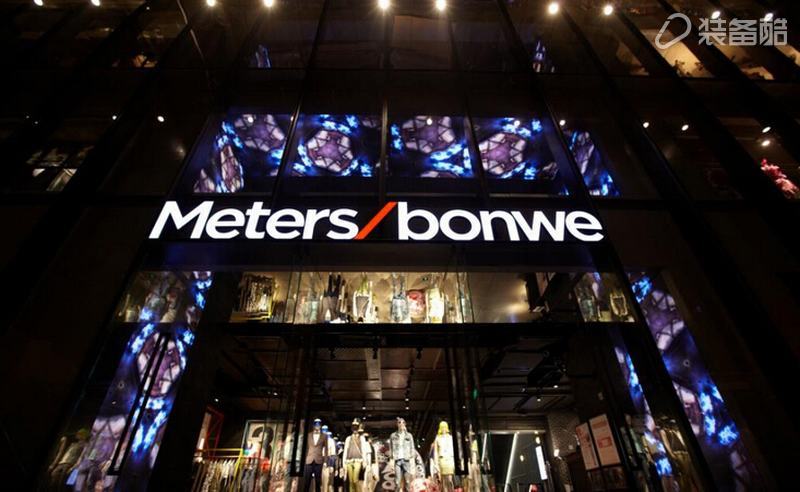
Self-analysis: Radical shop opening and fuzzy brand positioning, US$50 million was spent on the title of the Internet variety show “Extremely Wonderful†and the “Fan†app failed to meet expectations.
External evaluation: Once a representative of domestic retail counterattacks in China, after all, Jay Chou endorsements, it is now a full-scale decline, there is a global invasion of fast fashion brands, imitate ZARA lost in the field of vision, models and brand bottlenecks, but also their own slow transition is not captured The pain point of consumers caused a significant drop in brand influence. The biggest problem at the moment is missing links.
2. Bosideng: Sharply Declined
In 2015, over 5,000 stores were closed, and in the first quarter of 2016, 1,328 were closed.
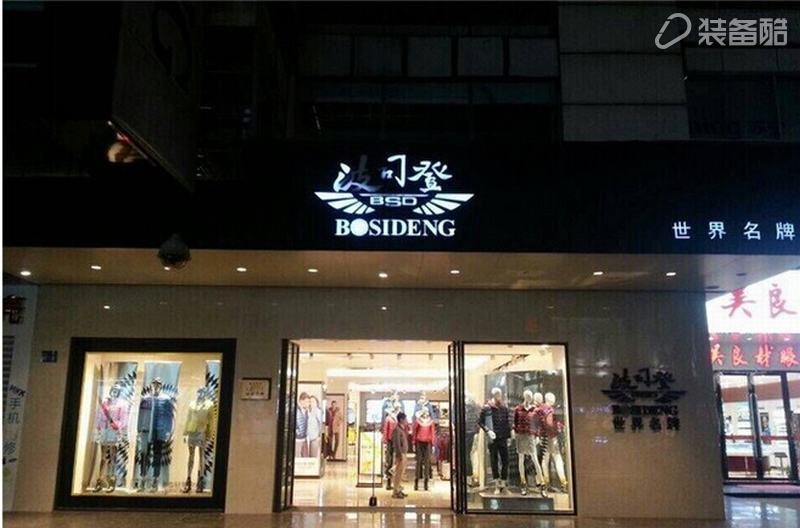
Self-analysis: The era of huge profits from cost and resource input is over. The industrial structure needs to be adjusted, development needs to be transformed, and driving methods need to be changed.
External evaluation: Bosideng has the highest market share in the down market for 19 consecutive years, but the down apparel business has declined, and the expansion of the men's and women's apparel business has been hindered. Bosideng's performance has fallen into a cold winter. The brand is dying and the channels are shrinking. Bosideng is struggling on the transition road.
Local footwear articles
1. Belle: Form Inversion
Belle closed more than 400 stores in 2015. In the first quarter of 2016, there were 167 stores closed. In the most “crazy†days of opening a store in 2011, Belle International opened an average of 2 to 3 new stores each day, which is now reversed.

Self-analysis: Affected by the difficult environment of retail and online competition. Due to the fact that the rental costs of the mainland market are variable expenses and linked to sales, the profitability of the mainland market is less affected, and the pressure on Hong Kong is even greater.
External evaluation: China's footwear giant, a diversified brand and influence even more capital recognition. But in the environment where the Internet is increasingly changing people's lifestyles and behavioral patterns, Belle remains unresponsive, and the frenzied opening of shops and counters will eventually be liquidated.
2, Daphne: Retreat in the big
In 2015, Daphne closed a total of 805 stores, closing 176 stores in the first quarter of 2016. In the first quarter financial report, same-store sales of Daphne's core brand business recorded a decrease of 6.2%.
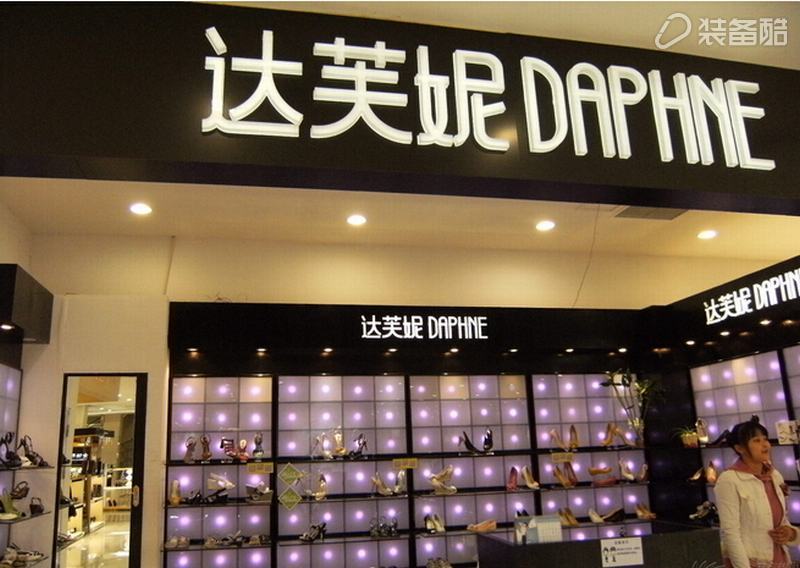
Self-analysis: Large-scale store closures are designed to deal with sluggish market conditions and rental pressures.
External evaluation: There are many problems with franchise stores, capital chain breaks, layoffs, and the abandonment of e-commerce.
3. Li Ning: Downfall with huge losses
Closed 519 stores in 2014 and closed 1200 stores in the first half of 2015. Three-year loss of 3.1 billion yuan. In the first quarter of 2016, 37 stores were closed, and overall profitability fell.

Self-analysis: There are four major issues: cost issues, channel construction, rough management, and the relationship between the board of directors and management.
External evaluation: 5 years ago, the brand positioning 90 after the big mistakes, cost control and brand marketing are still problems, pricing strategy is to allow consumers to abandon Li Ning and choose the price of Adidas discount. Li Ning, who has suffered losses for three consecutive years, seems to have to take the old road of expansionary development again after turning losses, but Li Ning’s continued profitability in the future remains to be tested.
Article Source: SEC Walker's Old Wish
Floor parcel boxes have a huge content in classic design. They can be securely bolted on floors outside your doors, providing a safe and secure way to receive parcels. The Smart Parcel Box is available in various colours including black, grey, green and red and is manufactured from strong galvanised steel which is treated with a rust resistant, weather proof powder coating.
Parcel Drop Off Box,Smart Parcel Box,Outdoor Parcel Box,Outdoor Delivery Box,Steel Postbox
TAISHAN YUEXIN INDUSTRIAL GROUP LIMITED , https://www.tsyuexingroup.com